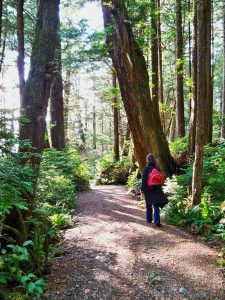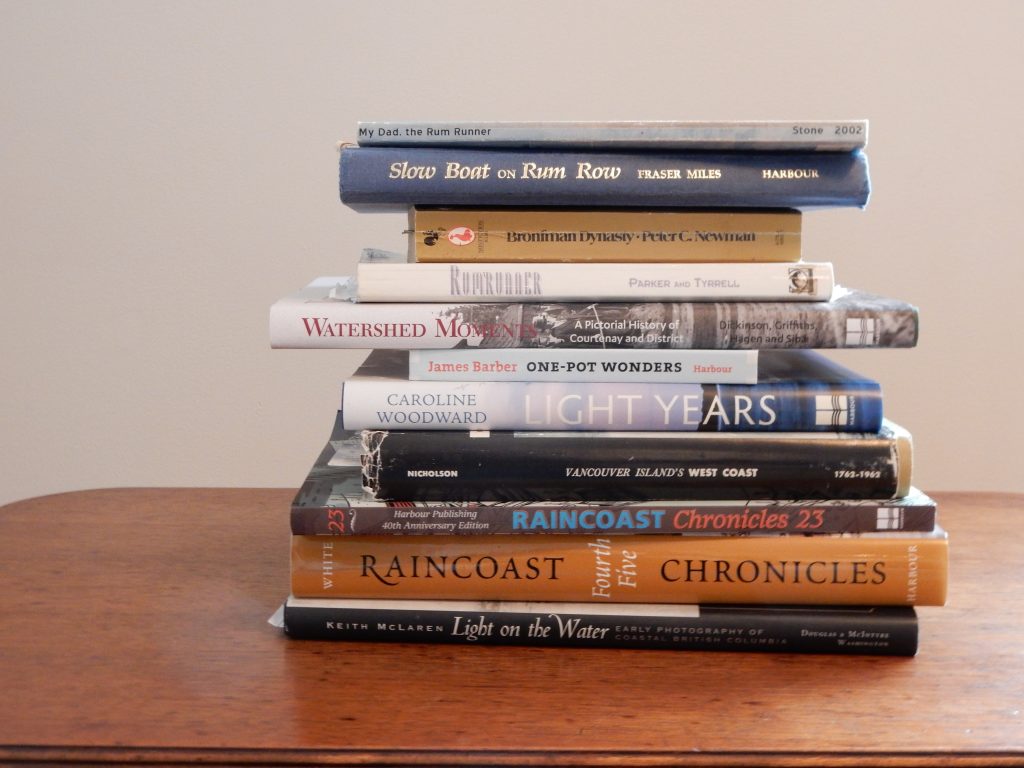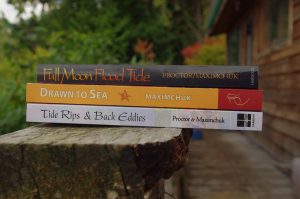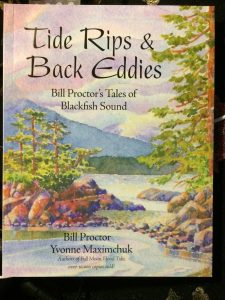After giving myself a short writing exercise, I invited three other authors to participate in Four Writers, Four Questions. The challenge was to answer each question in 200 words or less and to be as creative as possible. Here’s the first installment, a different writer’s answers will be posted weekly.
What are you working on right now?
Dark shapes flow over the hump of the hill as silent and ephemeral as fog. They move with intent focus yet are open to whatever possibilities the landscape reveals. Senses quiver, alert to what is present and what remains to be found. Their search pulls them forward in an enduring lope through the trees and down onto the plain. The wolves are hunting and will not stop until they find prey.
I too am hunting but I seek facts, fables and anecdotes rather than meat to fill the belly.  I’m still climbing the hill, following a meandering path through the forest, sniffing the earth and air for leads. Sometimes I falter or get lost. But always I move forward in search of my prey: the wolf and all that word for an animal implies.
I’m still climbing the hill, following a meandering path through the forest, sniffing the earth and air for leads. Sometimes I falter or get lost. But always I move forward in search of my prey: the wolf and all that word for an animal implies.
Why is this project meaningful to you?
On a December walk: a lime green coat of moss on trees, translucent rain drops cold on my cheeks and Millard Creek’s cappuccino-coloured froth battering the banks. And, at the beginning and end of the trail, a shiny, silver Christmas ornament.
The compulsion for humans to mark the land seems innate. We claim our territory with fences and houses, remove natural vegetation to grow crops and feed livestock and scatter or slaughter what we fear or find inconvenient. Some alterations are beneficial, benign or beautiful; others create environmental havoc that may impact future generations forever.
Now the wolf is at our door, standing in the soft shadows of moonlight howling to his kin silhouetted on the ridge. Inside, holding tight to their warm blankets, humans shiver with fear and fascination. Is it possible to untangle the complex web of myth and misconception, truth and terror that surrounds this carnivore? Curiosity and a keen interest in nature prompt me to try.
What is your process?
Gather enough facts, figures and stories to fill the Pacific Ocean and jump in after them. Float around for a while until I’m overwhelmed by a rough chop of endless white caps. Realize I’m drowning and will never make it to shore. Flail my arms and kick my legs, desperate to survive. An eternity later, find myself riding the crest of a giant wave giddy with relief that land is in sight. Tumble onto the sand exhausted and elated. Click send to email the manuscript to my publisher.
Why do you write?
Long ago, when a close friend and I were both mired in the sludge of depression we called it The Room. There was no door, it was impossible to get out.
When I write I enter a place in my mind where I feel extremely comfortable. There are many doors and endless opportunities for exploration and adventure.
Why wouldn’t I write?
Paula Wild is an award-winning author of six books and 1,000+ articles. Her book on wolves is scheduled for a fall 2017 release by Douglas & McIntyre.


 I’m a list maker so will refine my “to contact” list and put it into a timeline. Ditto for roughing out chapters, which will, of course, generate another list for “need to find out.” Every month or so, I’ll review what I’ve done. To be perfectly honest, I rarely meet my self-imposed deadlines. But they keep me on track and motivate me to try harder.
I’m a list maker so will refine my “to contact” list and put it into a timeline. Ditto for roughing out chapters, which will, of course, generate another list for “need to find out.” Every month or so, I’ll review what I’ve done. To be perfectly honest, I rarely meet my self-imposed deadlines. But they keep me on track and motivate me to try harder.

